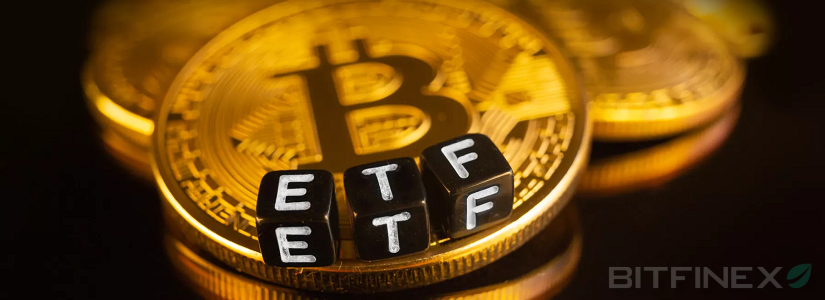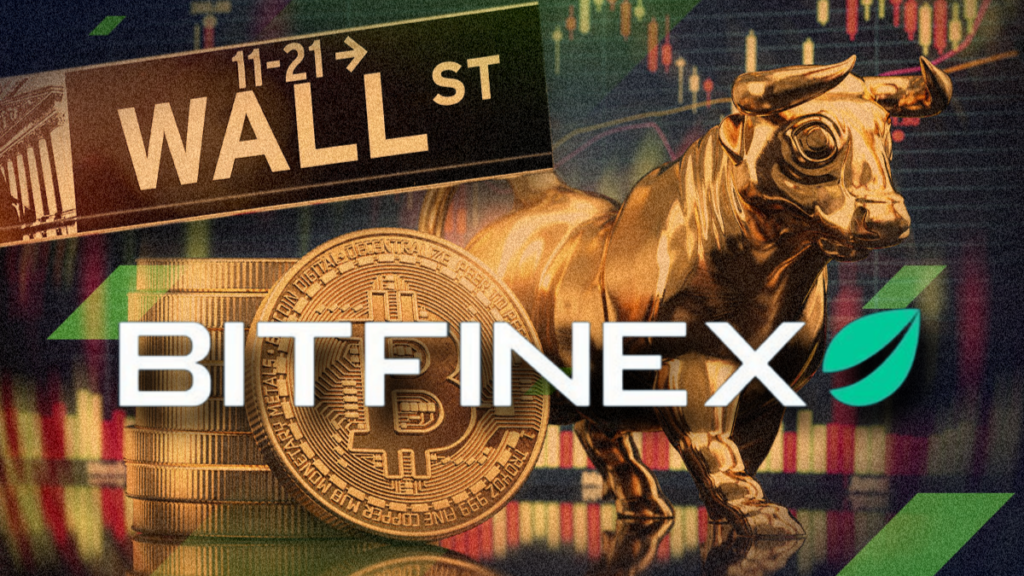TL;DR
- Despite the sharp downturn in stock markets, Bitcoin showed resilience by ending the week with just a 0.65% decline.
- Bitfinex suggests that as macroeconomic volatility begins to cool down, Bitcoin may begin to decouple from traditional equity indices.
- The report highlights ETFs, sovereign accumulation, and the maturing crypto ecosystem as key drivers for BTC to potentially lead risk assets in Q2.
During one of the most turbulent weeks in recent financial history, Bitcoin has begun to show signs of independence from traditional market behavior. According to the latest Bitfinex Alpha report, while the S&P 500 and Nasdaq experienced their worst two-day drop since the COVID-19 crash, losing over $5 trillion in market capitalization, Bitcoin closed the week with a modest 0.65% loss. To many observers, this could signal the beginning of a long-anticipated decoupling between the leading crypto asset and legacy financial markets.
Bitfinex notes that although Bitcoin has historically reacted to macroeconomic pressures similarly to traditional risk assets, its recent resilience may indicate a shifting narrative: Bitcoin emerging as a defensive asset during times of geopolitical and financial distress. This narrative becomes especially relevant considering the latest developments between the United States and China, which have reentered a new phase of trade war that’s already impacting global manufacturing, consumption, and inflation.
The Game Changers: ETFs, Sovereign Accumulation, and Market Maturity
Bitfinex analysts project that if macro volatility continues to subside, a renewed wave of institutional inflows into spot Bitcoin ETFs could trigger a new bullish cycle. This trend, paired with emerging sovereign strategies, such as the idea of strategic national crypto reserves and the use of BTC for international settlements, could elevate Bitcoin from a speculative asset to a centerpiece in the evolving financial system.

Additionally, the growing institutionalization of crypto is evidenced by developments such as BlackRock’s BUIDL tokenized treasury fund, which paid $4.17 million in dividends in March, and Grayscale’s recent filing for a spot Solana ETF. These milestones underscore how traditional finance is increasingly merging with blockchain infrastructure. Japan’s latest move to reclassify cryptocurrencies as financial products while slashing crypto tax rates to 20% also shows global momentum toward regulatory clarity and investor-friendly environments.
What’s Next for Bitcoin?
While some short-term volatility is anticipated, especially if traditional markets rebound due to oversold conditions, the outlook for the second quarter of 2025 looks promising for the crypto assets. Bitcoin could not only regain ground but also lead a new narrative where digital assets cease to be mere “alternative risks” and become safe havens in an increasingly uncertain world.










